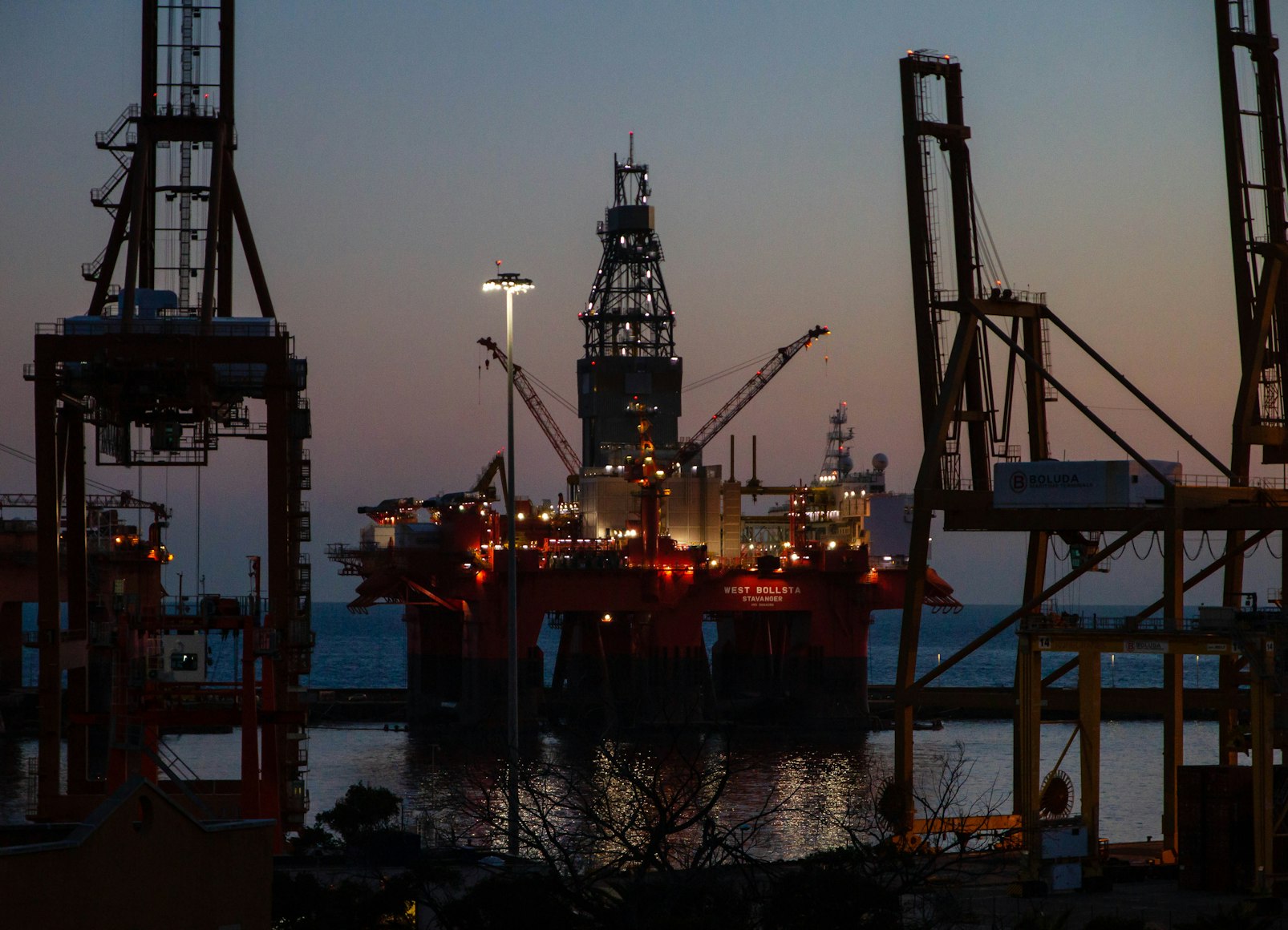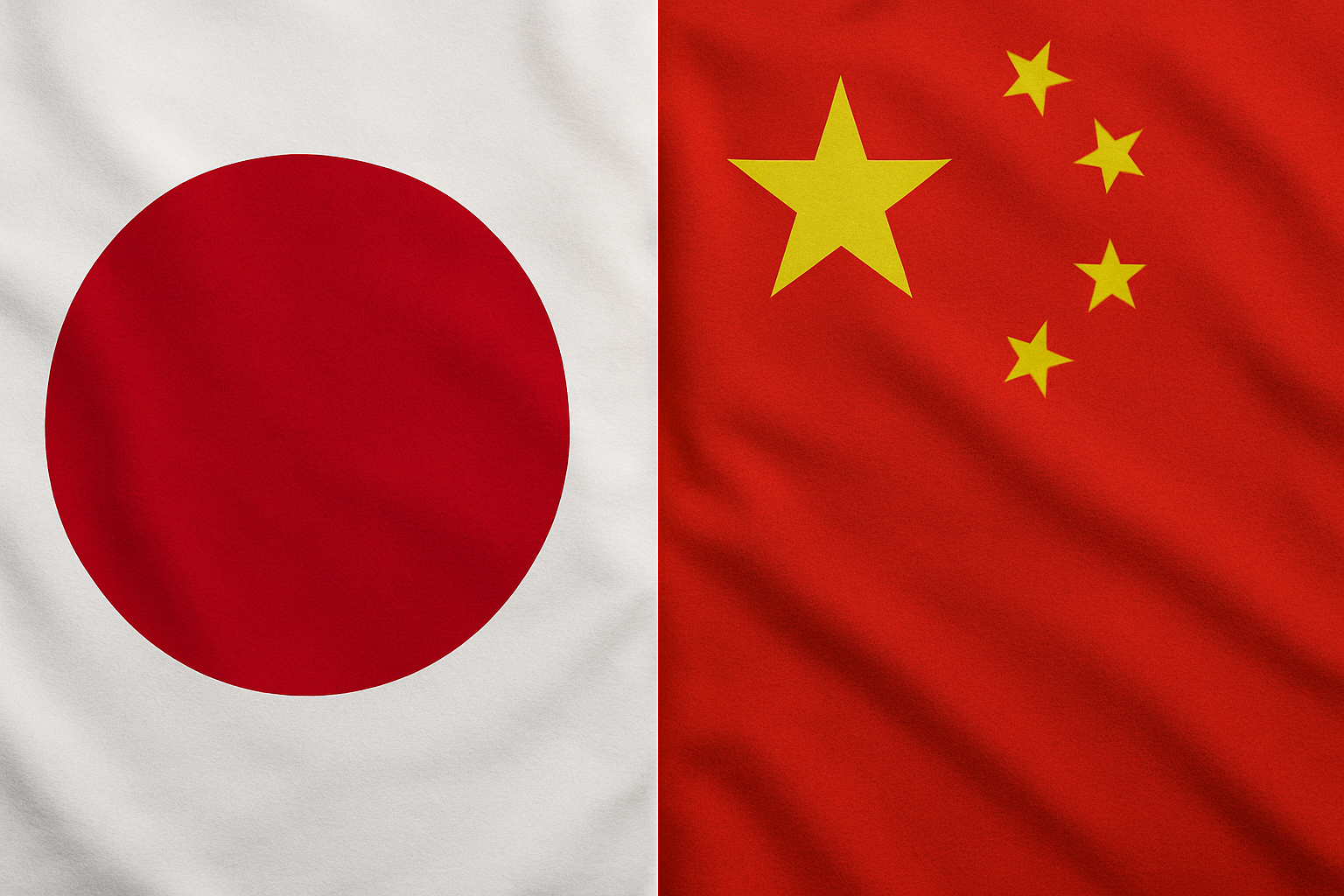
Goldman Sachs Forecasts Prolonged Oil Price Decline
Goldman Sachs is bracing for softer crude prices over the next two years. According to Reuters, the bank expects a sustained surplus to pressure benchmarks through 2026. As a result, Goldman sees a weaker price path than markets currently imply.
The core driver is imbalance. Reuters reports Goldman sees “a large surplus of around 2 million barrels per day.” That cushion, if realized, would weigh on prices for multiple quarters.
The tone is notably cautious. Goldman told clients that “oil prices are expected to decline through 2026.” Therefore, the firm’s strategy assumptions lean defensive for producers and neutral for consumers.
Yet the bank is not calling for a structural collapse. It instead outlines a cyclical soft patch driven by supply timing. Nevertheless, the projected surplus sets a lower base for medium-term pricing.
This view challenges recent market optimism. Forward curves had suggested steadier balances into the mid-2020s. However, Goldman argues the supply wave is larger and more durable than previously assumed, according to Reuters.
For energy planners, timing matters. The bank’s window of weakness spans 2025 and 2026. Consequently, near-term investment decisions may need additional margin for price downside.
2026 Price Targets Below Market Expectations
Goldman’s 2026 deck lands below the screen. Reuters reports the bank’s averages at “Brent crude will average $56 a barrel and WTI $52 in 2026.” Those figures sit under current forwards, signaling valuation risk in the curve.
Pricing below forwards implies potential repricing pressure. If fundamentals track Goldman’s path, hedges and budgets set off today’s curve could face stress. Therefore, downside sensitivity work appears prudent for producers and traders alike.
The bank frames this as a cyclical reset rather than a secular bear market. However, the magnitude of the gap matters for cash flows. Consequently, dividend policies and buyback plans may require flexibility.
Investors will parse the spread between Brent and WTI as well. The forecast preserves a modest differential into 2026. Still, the absolute price level drives most capital allocation choices in upstream portfolios.
Goldman’s call also reopens debates about breakevens. Some projects clear at these levels, but many require tighter cost control. Therefore, portfolio high-grading could accelerate if the bank’s view holds.
Drivers of the Supply Surge
Why the surplus now? Reuters attributes it to delayed long-cycle projects finally arriving. In Goldman’s words, “The 2025-2026 supply wave mostly results from long-cycle projects.”
These projects were sanctioned years ago. They are less sensitive to near-term price moves once underway. Consequently, their barrels tend to show up regardless of modest market weakness.
OPEC+ policy is another lever. Reuters cites “OPEC’s strategic decision to unwind production cuts.” As those barrels return, balances loosen further.
Policy normalization would amplify the non-OPEC wave. The ramp-up does not need to be aggressive to matter. However, even measured increases can keep inventories comfortable.
Meanwhile, output from key producers outside the group continues to rise. Reuters notes “the U.S. and Brazil are also increasing supply.” Those increments compound the long-cycle inflows.
The composition of the wave matters for price elasticity. Long-cycle and state-led flows often respond slowly to price signals. Therefore, supply can overshoot for longer than tight shale cycles.
Project phasing adds volatility. Start-up sequences rarely align perfectly with demand. As a result, short-term gluts can emerge even in balanced annual averages.
Finally, logistics and maintenance windows can shift timing. Unexpected outages may offset some growth. Still, Goldman’s base case assumes more barrels show up than disappear, according to Reuters.
External Projections and Scenario Analysis
Goldman’s surplus view sits between baseline and bearish external estimates. The International Energy Agency, per Reuters, “sees an even bigger surplus next year of as much as 4.09 mbpd.” That would imply even greater downward pressure on prices.
Scenario work shows the distribution of outcomes. In a stress case, Reuters reports “Brent crude could fall into the $40s.” That scenario would likely require deeper or faster-than-expected supply additions or weaker demand.
However, Goldman’s long-run anchor remains intact. Reuters cites the bank’s statement: “We therefore expect Brent/WTI to rise to our long-run $80/$76 forecasts by late 2028.” Therefore, the bank frames near-term weakness as a cycle, not a regime change.
This setup informs risk management. Producers may extend hedges while prices remain above stress-case levels. Conversely, consumers could lock in discounts if the surplus builds.
For markets, path dependency matters. A sharper surplus early in 2026 would steepen the downdraft. Yet a slower build could let OPEC+ recalibrate more smoothly.
Policy responses also shape the curve. If OPEC+ slows its unwinding, balances could tighten. Nevertheless, Goldman’s base case assumes incremental normalization, according to Reuters.
Demand remains the wild card. Growth could surprise on the upside if macro conditions improve. But the supply math still dominates Goldman’s framework over the forecast horizon.
Implications and Long-Term Outlook
Near term, the message is caution. Prices may “temporarily” break lower before stabilizing, according to available reports. Therefore, capital discipline becomes even more central to oil strategies.
However, the longer-term glide path trends higher in Goldman’s model. The bank expects Brent to recover toward $80 by late 2028. That outlook gives higher-cost projects a potential window later this decade.
Corporate playbooks may adapt in phases. First, protect balance sheets into 2026. Second, queue options for a recovery window starting 2027.
This cadence will differ by region. Low-cost producers can stay active even in the $50s. Meanwhile, higher-cost barrels may wait for clearer price signals.
Consumers may benefit in the interim. Lower crude often feeds through to refined products, with lags. Still, pass-through depends on inventories, margins, and regional dynamics.
For OPEC+, calibration is key. The group can influence balances through the pace of unwinding. Yet it will also weigh market share and long-term demand uncertainty.
Investment sentiment will follow the curve’s shape. If forwards adjust down toward Goldman’s deck, equity and credit screens may shift. Consequently, valuation dispersion could widen across the energy complex.
Service providers face mixed signals. Activity tied to long-cycle work may hold up as projects complete. However, discretionary activity could slow if operators trim 2026 budgets.
Finally, volatility management will remain central. Even with a surplus, disruptions can swing prices. Therefore, hedging and inventory strategy will matter as much as project economics.
Looking beyond 2026, conditional optimism returns in Goldman’s view. The projected re-tightening supports a move back toward $80 Brent by late 2028. But the path includes potential dips, including a risk of the “$40s” in a downside case, Reuters notes.
In sum, the bank sketches a two-step cycle. First, a supply-led soft patch through 2026. Then, a gradual normalization toward long-run anchors as the surplus is absorbed.
According to Reuters, the linchpin remains supply cadence versus demand. If long-cycle volumes arrive as scheduled and OPEC+ unwinds as planned, price pressure persists. Conversely, any delays or strategic pauses could lift the floor sooner.
Either way, the next two years look noisier than the last two. Therefore, resilience planning is essential for both producers and consumers. The price deck may be lower, but the need for discipline is higher.

